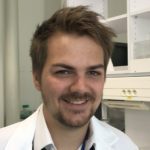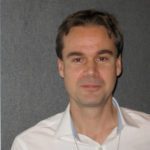Lien vers Pubmed [PMID] – 39052837
Lien DOI – 10.1073/pnas.2402944121
Proc Natl Acad Sci U S A 2024 Jul; 121(31): e2402944121
In eukaryotes, repetitive DNA can become silenced de novo, either transcriptionally or post-transcriptionally, by processes independent of strong sequence-specific cues. The mechanistic nature of such processes remains poorly understood. We found that in the fungus Neurospora crassa, de novo initiation of both transcriptional and post-transcriptional silencing was linked to perturbed chromatin, which was produced experimentally by the aberrant activity of transcription factors at the tetO operator array. Transcriptional silencing was mediated by canonical constitutive heterochromatin. On the other hand, post-transcriptional silencing resembled repeat-induced quelling but occurred normally when homologous recombination was inactivated. All silencing of the tetO array was dependent on SAD-6, fungal ortholog of the SWI/SNF chromatin remodeler ATRX (Alpha Thalassemia/Mental Retardation Syndrome X-Linked), which was required to maintain nucleosome occupancy at the perturbed locus. In addition, we found that two other types of sequences (the lacO array and native AT-rich DNA) could also undergo recombination-independent quelling associated with perturbed chromatin. These results suggested a model in which the de novo initiation of transcriptional and post-transcriptional silencing is coupled to the remodeling of perturbed chromatin.



